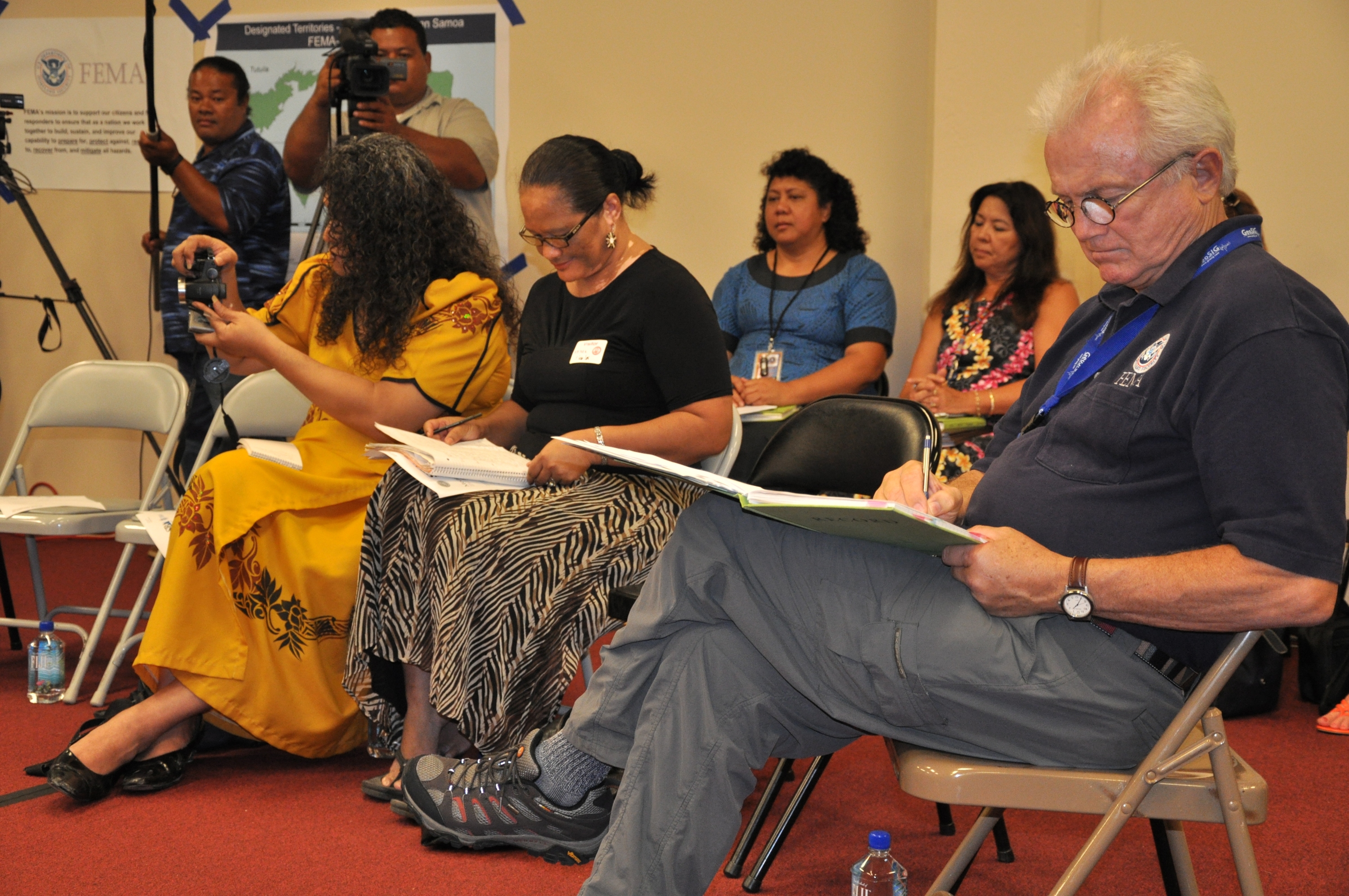|
Cause Marketing
Cause marketing is marketing done by a for-profit business that seeks to both increase profits and to better society in accordance with corporate social responsibility, such as by including activist messages in advertising. A similar phrase, cause-related marketing, usually refers to a subset of cause marketing that involves the cooperative efforts of a for-profit business and a non-profit organization for mutual benefit. A high-profile form of cause-related marketing occurs at checkout counters when customers are asked to support a cause with a charitable donation. Cause marketing differs from corporate giving (philanthropy), as the latter generally involves a specific donation that is tax-deductible, while cause marketing is a promotional campaign not necessarily based on a donation. History The United States Congress passed the Endangered Species Act on December 14, 1973. In response, 7-Eleven sold Endangered Species Cups, and donated one cent from the sale of each cup to t ... [...More Info...] [...Related Items...] OR: [Wikipedia] [Google] [Baidu] |
Marketing
Marketing is the act of acquiring, satisfying and retaining customers. It is one of the primary components of Business administration, business management and commerce. Marketing is usually conducted by the seller, typically a retailer or manufacturer. Products can be marketed to other businesses (B2B Marketing, B2B) or directly to consumers (B2C). Sometimes tasks are contracted to dedicated marketing firms, like a Media agency, media, market research, or advertising agency. Sometimes, a trade association or government agency (such as the Agricultural Marketing Service) advertises on behalf of an entire industry or locality, often a specific type of food (e.g. Got Milk?), food from a specific area, or a city or region as a tourism destination. Market orientations are philosophies concerning the factors that should go into market planning. The marketing mix, which outlines the specifics of the product and how it will be sold, including the channels that will be used to adverti ... [...More Info...] [...Related Items...] OR: [Wikipedia] [Google] [Baidu] |
Nancy Brinker
Nancy Goodman Brinker (born December 6, 1946) is an American philanthropist, author, and former diplomat, best known for her contributions to breast cancer awareness and research. She founded thPromise Fundand Susan G. Komen for the Cure. Brinker was also United States Ambassador to Hungary from 2001 to 2003 and Chief of Protocol of the United States from 2007 to the end of the George W. Bush administration. In 2011, she was appointed a Goodwill Ambassador for Cancer Control by the World Health Organization. Early life Brinker (née Goodman) was born in Peoria, Illinois to the Jewish family of Marvin L. and Eleanor (née Newman) Goodman.Encyclopedia of World Biography: "Nancy Brinker" retrieved July 25, 2013 Her father was a commercial real-esta ... [...More Info...] [...Related Items...] OR: [Wikipedia] [Google] [Baidu] |
Democratized Transactional Giving
Democratized transactional giving is a form of corporate philanthropy and the latest evolution in cause marketing, (defined as when for-profit companies join forces with nonprofits to promote a cause) where consumers, and not the brand in question, have maximum control over the causes they choose to support. Augmenting traditional corporate philanthropy and participatory cause marketing, democratized transactional giving empowers consumers to become better brand and cause advocates while promoting a strong behavioral influence that seeks to yield greater loyalty and brand commitment. Successful democratized transactional giving is the outgrowth or result of a fully realized cause-related loyalty marketing campaign which not only links nonprofits and for-profits together, but does so in the context of an existing company's loyalty program. The result is that consumers can convert any unused rewards issued by the company in the form of points, miles or other units to causes and no ... [...More Info...] [...Related Items...] OR: [Wikipedia] [Google] [Baidu] |
Integrated Marketing Communications
Marketing communications (MC, marcom(s), marcomm(s) or just simply communications) refers to the use of different marketing channels and tools in combination.Tomse, & Snoj, 2014 Marketing communication channels focus on how businesses communicate a message to their desired market, or the market in general. It can also include the internal communications of the organization. Marketing communication tools include advertising, personal selling, direct marketing, Sponsor (commercial), sponsorship, communication, public relations, social media, customer journey and Promotion (marketing), promotion. MC are made up of the marketing mix which is made up of the 4 Ps: Price, Promotion, Place and Product, for a business selling goods, and made up of 7 Ps: Price, Promotion, Place, Product, People, Physical evidence and Process, for a service-based business. Overview Marketing communications include advertising, promotions, product sales, branding, advertising campaigns, events, and online pr ... [...More Info...] [...Related Items...] OR: [Wikipedia] [Google] [Baidu] |
Mass Media
Mass media include the diverse arrays of media that reach a large audience via mass communication. Broadcast media transmit information electronically via media such as films, radio, recorded music, or television. Digital media comprises both Internet and mobile mass communication. Internet media comprise such services as email, social media sites, websites, and Internet-based radio and television. Many other mass media outlets have an additional presence on the web, by such means as linking to or running TV ads online, or distributing QR codes in outdoor or print media to direct mobile users to a website. In this way, they can use the easy accessibility and outreach capabilities the Internet affords, as thereby easily broadcast information throughout many different regions of the world simultaneously and cost-efficiently. Outdoor media transmits information via such media as augmented reality (AR) advertising; billboards; blimps; flying billboards (signs in tow of airpl ... [...More Info...] [...Related Items...] OR: [Wikipedia] [Google] [Baidu] |
Customer Relationship Management
Customer relationship management (CRM) is a strategic process that organizations use to manage, analyze, and improve their interactions with customers. By leveraging data-driven insights, CRM helps businesses optimize communication, enhance customer satisfaction, and drive sustainable growth. CRM systems compile data from a range of different communication channels, including a company's website, telephone (which many services come with a softphone), email, live chat, marketing materials and more recently, social media. They allow businesses to learn more about their target audiences and how to better cater to their needs, thus retaining customers and driving sales growth. CRM may be used with past, present or potential customers. The concepts, procedures, and rules that a corporation follows when communicating with its consumers are referred to as CRM. This complete connection covers direct contact with customers, such as sales and service-related operations, forecasting, ... [...More Info...] [...Related Items...] OR: [Wikipedia] [Google] [Baidu] |
Public Relations
Public relations (PR) is the practice of managing and disseminating information from an individual or an organization (such as a business, government agency, or a nonprofit organization) to the public in order to influence their perception. Public relations and publicity differ in that PR is controlled internally, whereas publicity is not controlled and contributed by external parties. Public relations may include an organization or individual gaining exposure to their audiences using topics of public interest and news items that do not require direct payment. The exposure is mostly media-based, and this differentiates it from advertising as a form of marketing communications. Public relations often aims to create or obtain coverage for clients for free, also known as earned media, rather than paying for marketing or advertising also known as paid media. However, advertising, especially of the type that focuses on distributing information or core PR messages, is also a part ... [...More Info...] [...Related Items...] OR: [Wikipedia] [Google] [Baidu] |
Corporate Social Responsibility
Corporate social responsibility (CSR) or corporate social impact is a form of international private business industry self-regulation, self-regulation which aims to contribute to societal goals of a philanthropy, philanthropic, activist, or charitable nature by engaging in, with, or supporting Professional services, professional service volunteering through pro bono programs, community development, administering Grant (money), monetary grants to Nonprofit organization, non-profit organizations for the Common good, public benefit, or to conduct Ethics, ethically oriented business and investment practices. While CSR could have previously been described as an internal organizational policy or a business ethics, corporate ethic strategy, similar to what is now known today as environmental, social, and governance (ESG), that time has passed as various companies have pledged to go beyond that or have been mandated or incentivized by governments to have a better impact on the surrounding ... [...More Info...] [...Related Items...] OR: [Wikipedia] [Google] [Baidu] |
September 11, 2001 Attacks
The September 11 attacks, also known as 9/11, were four coordinated Islamist terrorist suicide attacks by al-Qaeda against the United States in 2001. Nineteen terrorists hijacked four commercial airliners, crashing the first two into the Twin Towers of the World Trade Center in New York City and the third into the Pentagon (headquarters of the U.S. Department of Defense) in Arlington County, Virginia. The fourth plane crashed in a rural Pennsylvania field during a passenger revolt. The attacks killed 2,977 people, making it the deadliest terrorist attack in history. In response to the attacks, the United States waged the global war on terror over multiple decades to eliminate hostile groups deemed terrorist organizations, as well as the foreign governments purported to support them. Ringleader Mohamed Atta flew American Airlines Flight 11 into the North Tower of the World Trade Center complex at 8:46 a.m. Seventeen minutes later at 9:03 a.m., United Airlines Fli ... [...More Info...] [...Related Items...] OR: [Wikipedia] [Google] [Baidu] |
Social Responsibility
Social responsibility is an ethical concept in which a person works and cooperates with other people and organizations for the benefit of the community. An organization can demonstrate social responsibility in several ways, for instance, by donating, encouraging volunteerism, using ethical hiring procedures, and making changes that benefit the environment. Social responsibility is an individual responsibility that involves a balance between the economy and the ecosystem one lives within, and possible trade-offs between economic development, and the welfare of society and the environment. Social responsibility pertains not only to business organizations but also to everyone whose actions impact the environment. History Writers in the classical Western philosophical tradition acknowledged the importance of social responsibility for human thriving. Aristotle Aristotle determined that "Man is by nature a political animal." He saw ethics and politics as mutually-reinforcing: ... [...More Info...] [...Related Items...] OR: [Wikipedia] [Google] [Baidu] |
Brand
A brand is a name, term, design, symbol or any other feature that distinguishes one seller's goods or service from those of other sellers. Brands are used in business, marketing, and advertising for recognition and, importantly, to create and store value as brand equity for the object identified, to the benefit of the brand's customers, its owners and shareholders. Brand names are sometimes distinguished from Generic brand, generic or store brands. The practice of branding—in the original literal sense of marking by burning—is thought to have begun with the ancient Egyptians, who are known to have engaged in livestock branding and branded slaves as early as 2,700 BCE. Branding was used to differentiate one person's cattle from another's by means of a distinctive symbol burned into the animal's skin with a hot branding iron. If a person stole any of the cattle, anyone else who saw the symbol could deduce the actual owner. The term has been extended to mean a strategic person ... [...More Info...] [...Related Items...] OR: [Wikipedia] [Google] [Baidu] |
Sponsor (commercial)
Sponsoring something (or someone) is the act of supporting an event, activity, person, or organization financially or through the provision of products or services. The individual or group that provides the support, similar to a benefactor, is known as the sponsor. Definition Sponsorship is a cash and/or in-kind fee paid to a property (typically in sports, arts, entertainment or causes) in return for access to the exploitable commercial potential associated with that property. While the sponsee (property being sponsored) may be nonprofit, unlike philanthropy, sponsorship is done with the expectation of a commercial return. While sponsorship can deliver increased awareness, brand building and propensity to purchase, it is different from advertising. Unlike advertising, sponsorship can not communicate specific product attributes. Nor can it stand alone, as sponsorship requires support elements. Proponents of sponsorship would, however, point to its unique position in the marketi ... [...More Info...] [...Related Items...] OR: [Wikipedia] [Google] [Baidu] |








